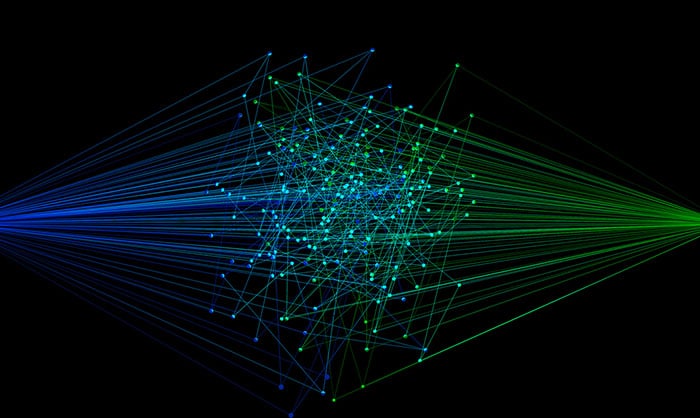What is Threat Hunting?
Today’s cybercriminals have more tactics than ever before to avoid defense measures. They are patient and resourceful, sneaking into your networks and hiding there undetected… As such, it is imperative to get ahead of cyberattacks in order to prevent or minimize damage to your organization before it happens.
Enter: Threat Hunting.
Threat hunting
Threat hunting is the detection of unusual or malicious activity on servers, networks, and/or endpoints that indicate signs of intrusion or compromise. It’s the act of proactively hunting down the adversary and eliminating them as early in the cyber kill chain as possible. As the adversaries are actively searching for ways to sneak inside your network, threat hunters are actively searching for ways to intercept them and minimize damage before it happens. They are searching for indicators of compromise (IOCs) that reveal cybercriminals are there or were there—finding the adversary within your systems before your automated tools ring the alarm.
Assume you’ve been breached
If you wait until the clear indicators of a cyber attack are seen, the adversary has already been in your system way too long—in fact, the 2019 Threat Hunting Report indicated that on average, an attacker is in your network for 13 days before they are discovered by your SOC. The lack of security alerts only reflects the fact that the tech hasn’t detected intrusion quite yet. You must accept the possibility that your systems and/or networks have already been compromised, regardless of the security protocols and technology you have in place.
Join the hunt
Cybersecurity professionals are now recognizing the importance of proactively hunting threats in order to reduce the overall risk to the organization. A shift to early detection of unknown threats lends to quicker response and an overall reduction in risk. Threat hunting has a number of benefits, including:
- Proactively uncover security incidents. Find those adversaries who are lurking in your systems and networks and stop current attacks.
- Mitigate the impact of damages through earlier detection/reduce dwell time.
You simply cannot afford to wait days, weeks, or months to learn that you’ve been compromised. The costs associated with intrusion grows by the hour. - Improve future defense. Threat hunting results in deeper insight into your systems and therefore, more knowledge in how a threat pierced your network. This leads to better overall threat intelligence.
General threat-management technology measures such as firewalls, SIEM systems, and other IOC-based detection systems all rely upon an investigation after an attack or incident has set off the alarm—it is a reactive response. You must be proactive. 100% detection is impossible to achieve, but with a proactive threat-hunting approach, threat identification can be anticipated. Threat hunting is an effective way to both increase your security posture and prevent major problems before they occur.
Learn more about threat hunting:





